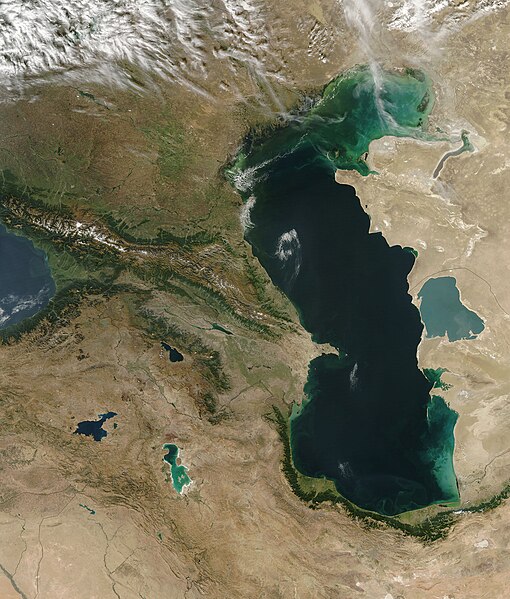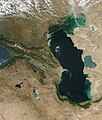File:Satellite image of the Caucasus-Caspian Region.jpg

Dimension de sta anteprima: 510 × 599 pixel. Altre risołusion: 204 × 240 pixel | 409 × 480 pixel | 654 × 768 pixel | 872 × 1 024 pixel | 1 703 × 2 000 pixel.
File orixenałe (1 703 × 2 000 pixel, dimension del file: 1,29 MB, tipo MIME: image/jpeg)
Istoria del file
Schicia so on grupo data/or pa vedare el file come che el se presentava in tel momento indegà.
| Data/Ora | Miniadura | Dimension | Utente | Comento | |
|---|---|---|---|---|---|
| In ultima | 07:44, 26 oto 2005 |  | 1 703 × 2 000 (1,29 MB) | Brian0918 | Caspian Sea and Georgia Sometimes referred to as the Caucasus Isthmus, the Caucasus-Caspian Region is a mixing-pot for scores of cultures. Due in part to its geographic isolation and having been in the path of numerous Eurasian migrations over the cent |
Doparasion del file
Nisuna pajina ła dopara sto file
Doparasion globałe del file
St'altre wiki cua le dopara sto file:
- Uxo de ar.wikipedia.org inte le pàjine
- Uxo de ast.wikipedia.org inte le pàjine
- Uxo de bg.wikipedia.org inte le pàjine
- Uxo de en.wikipedia.org inte le pàjine
- Uxo de fr.wikipedia.org inte le pàjine
- Uxo de fr.wiktionary.org inte le pàjine
- Uxo de gcr.wikipedia.org inte le pàjine
- Uxo de ky.wikipedia.org inte le pàjine
- Uxo de mg.wikipedia.org inte le pàjine
- Uxo de nn.wikipedia.org inte le pàjine
- Uxo de no.wikipedia.org inte le pàjine
- Uxo de oc.wikipedia.org inte le pàjine
- Uxo de pt.wikibooks.org inte le pàjine
- Uxo de sq.wikipedia.org inte le pàjine


